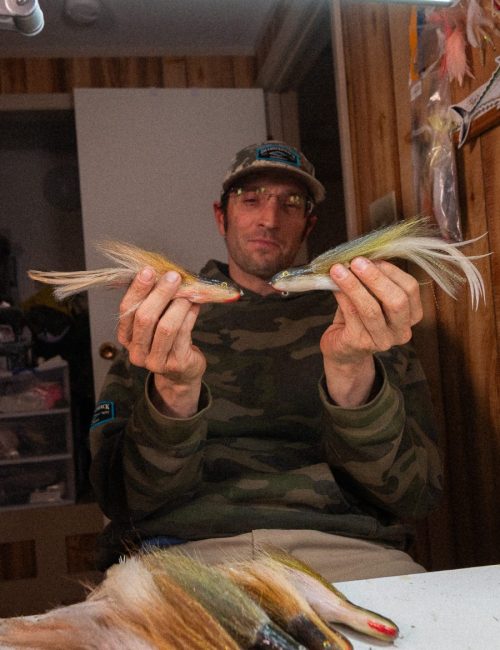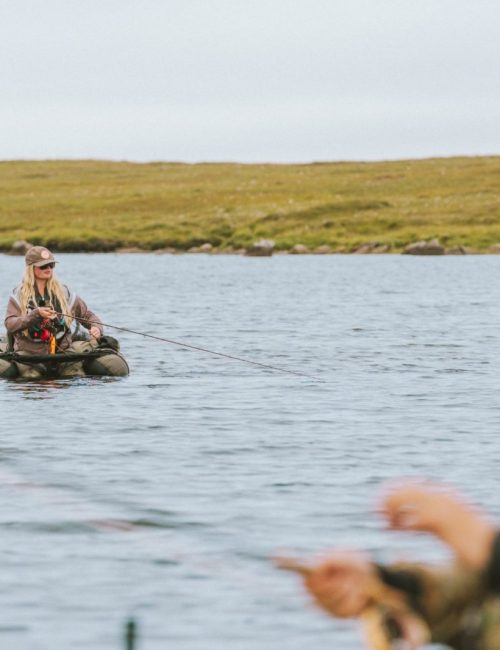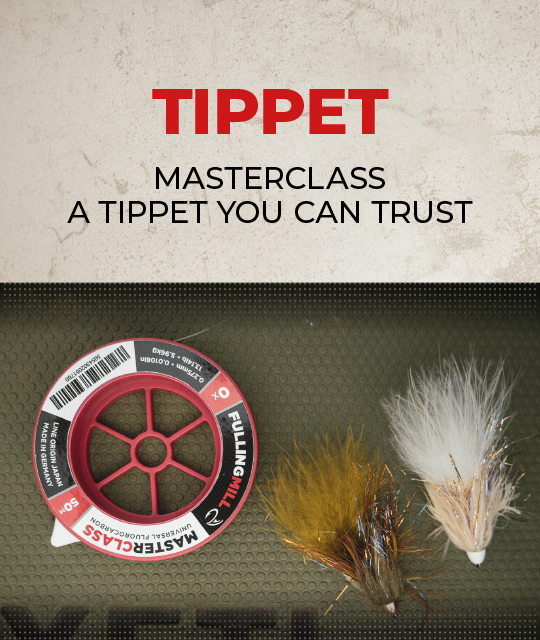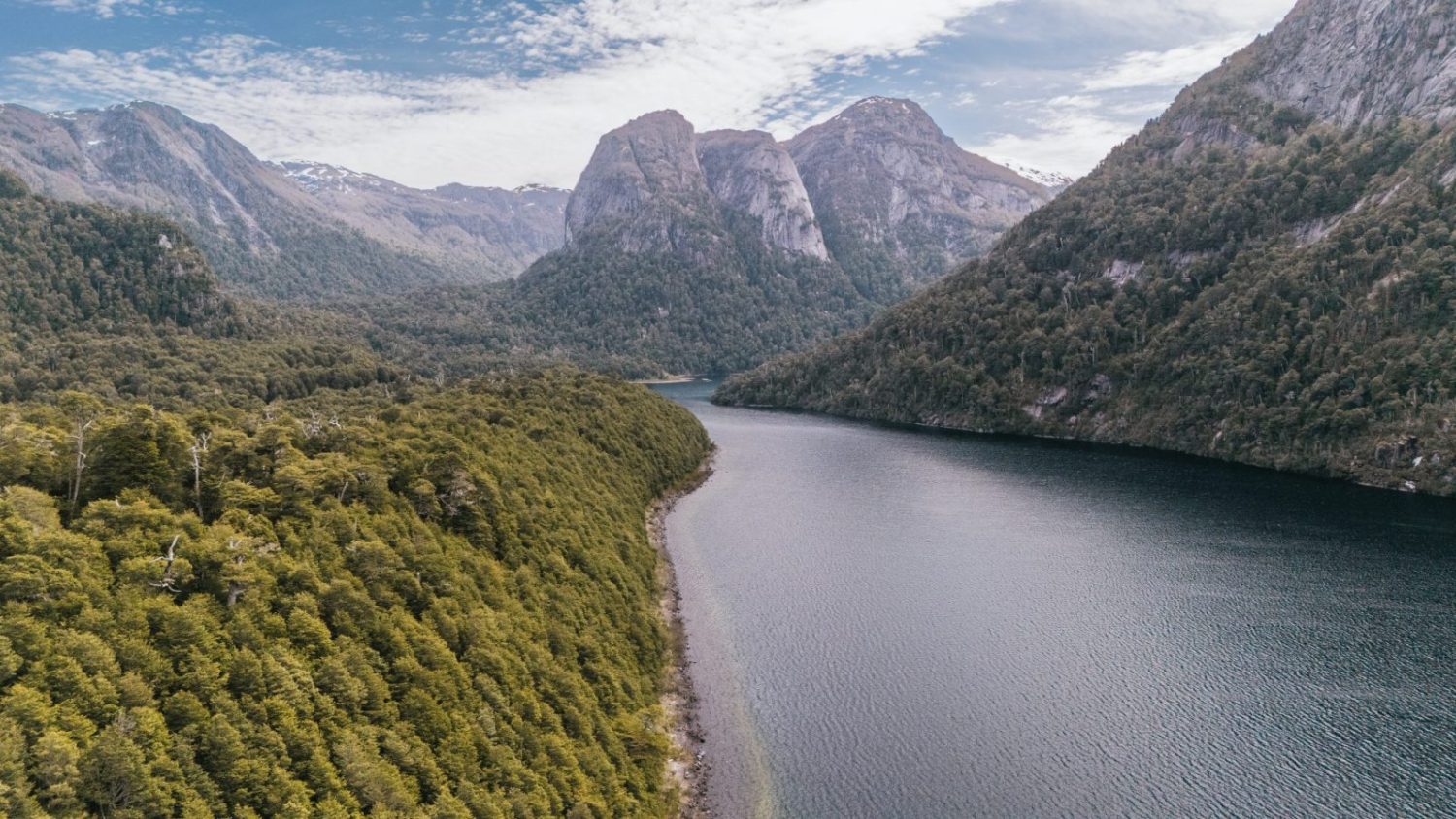
Every year, when the calendar marks October 1st, something changes in the air of Northern Patagonia. The shores of Nahuel Huapi come alive: guides who spent the winter tying flies prepare their boats, anglers check their fly boxes and lines, and the city of Bariloche once again turns its eyes to the lake with that mix of excitement and anticipation that only the season’s opening can bring.
The fishing regulations may officially mark the start of the cycle, but for those of us who live near the water, the opening is much more than a date—it’s the beginning of a new story.After months of cold winds and snow-covered mountains, returning to Nahuel Huapi feels like a ritual, a way to reconnect with nature and with that sense of calm only rivers and lakes can offer.
Nahuel Huapi, with its deep and ever-changing waters, is more than a geographical landmark. It’s the beating heart of San Carlos de Bariloche, shaping its history, economy, and identity. That’s how every season begins: with just the right mix of expectation, respect, and excitement. Because in the south, when Nahuel Huapi awakens, all of Patagonia seems to breathe fly fishing again.
A Lake Steeped in History
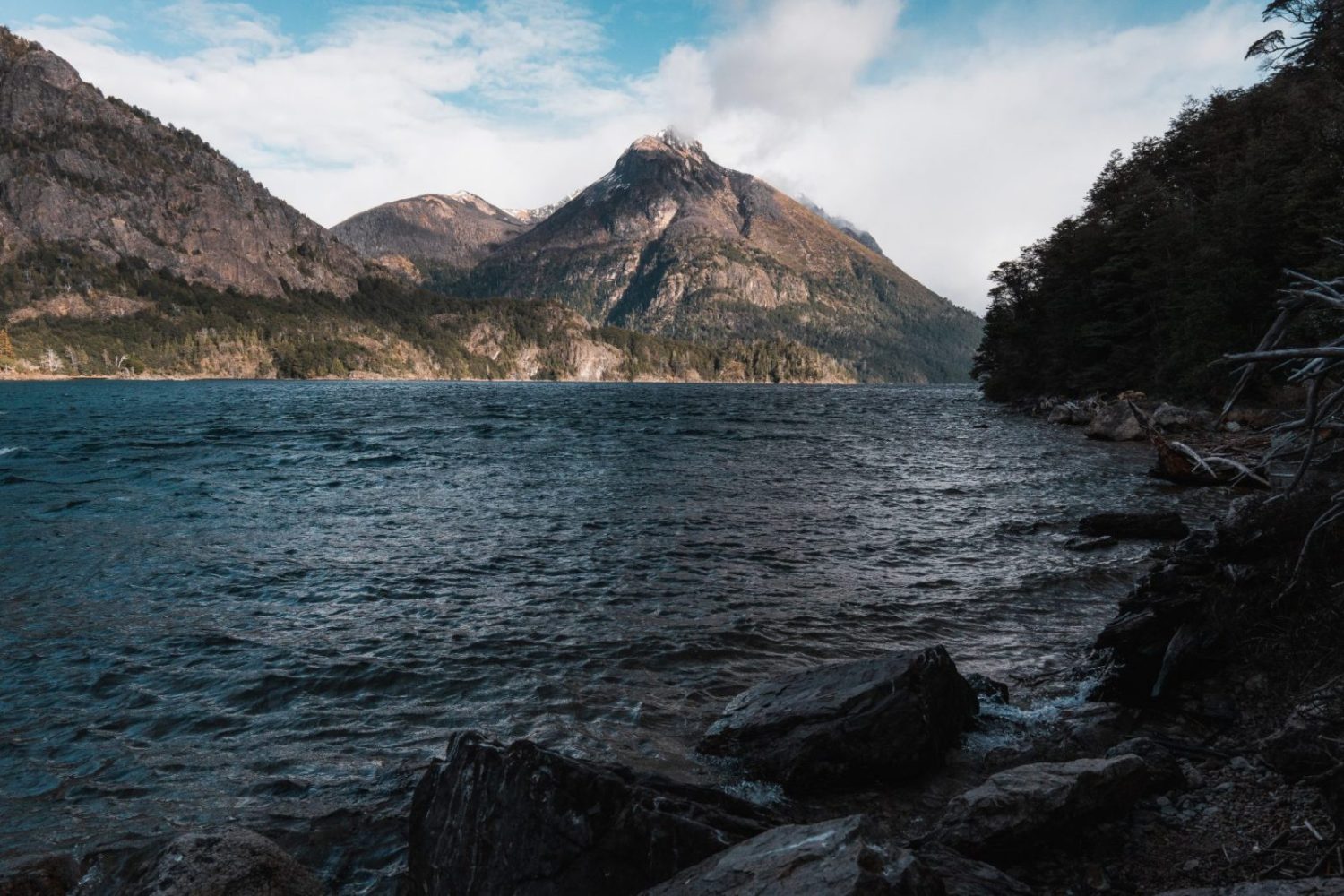
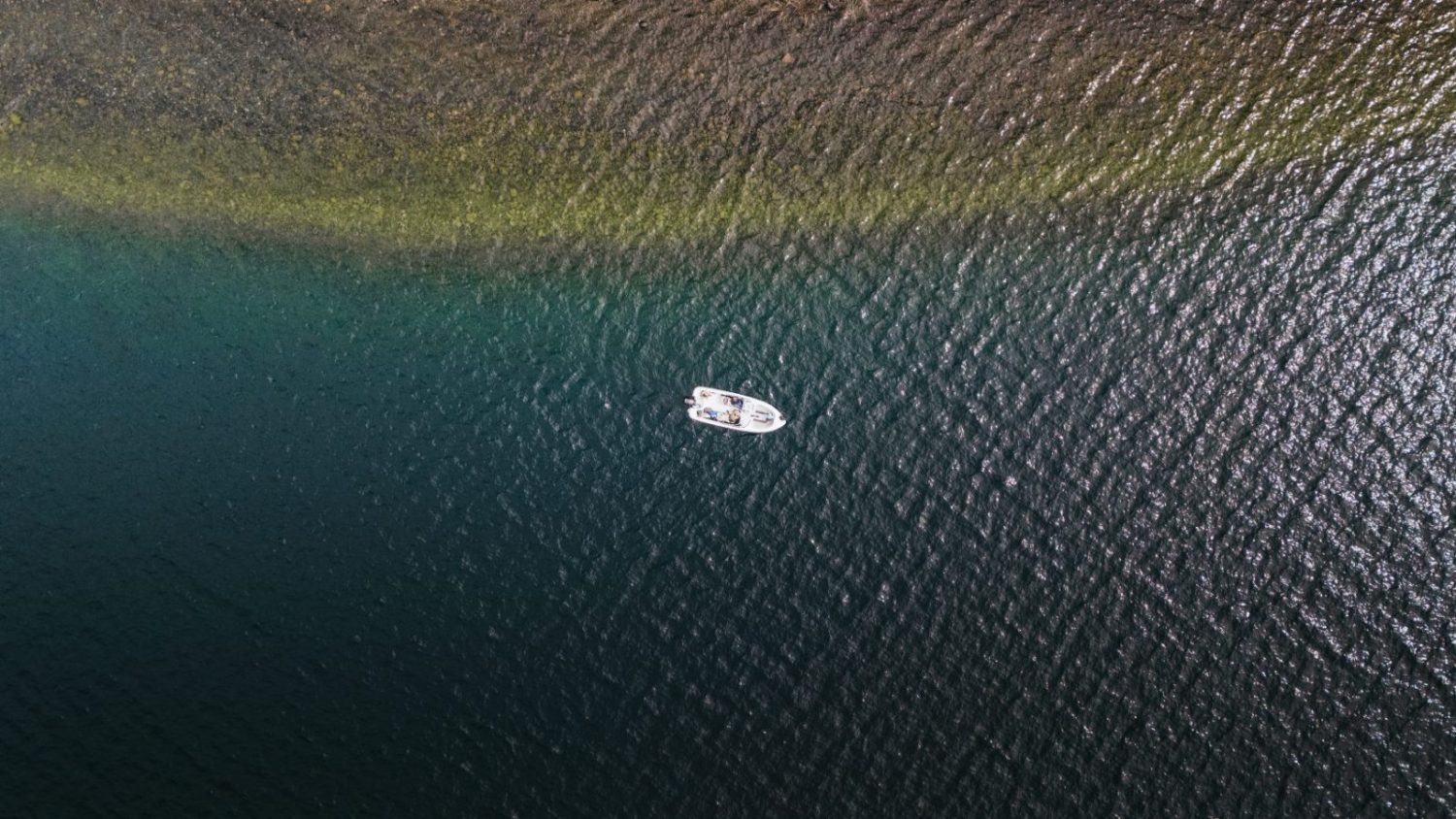
Lake Nahuel Huapi, with more than 500 km² (roughly 190 square miles) of surface area and deep, crystal-clear waters, is one of the great symbols of Argentine Patagonia. Its origins date back to the last Ice Age, thousands of years ago, when glaciers carved out the valleys and left behind this vast mirror of water surrounded by mountains, forests, and rivers. The name, of Mapuche origin, means “Tiger Island,” a reference to the native fauna that once roamed the region.
By the late 19th century, European settlers introduced rainbow and brown trout into the lake and its tributaries. These species found ideal conditions—cold, clear water and abundant food— transforming local fishing and laying the foundation for the sport fishing tradition that now defines much of Patagonia. Since then, fly fishing has become a seasonal ritual that connects history, sport, and nature. The lake, framed by the Andes and fed by countless tributaries, forms a unique ecosystem—one of the largest in the region.
Fishing Nahuel Huapi
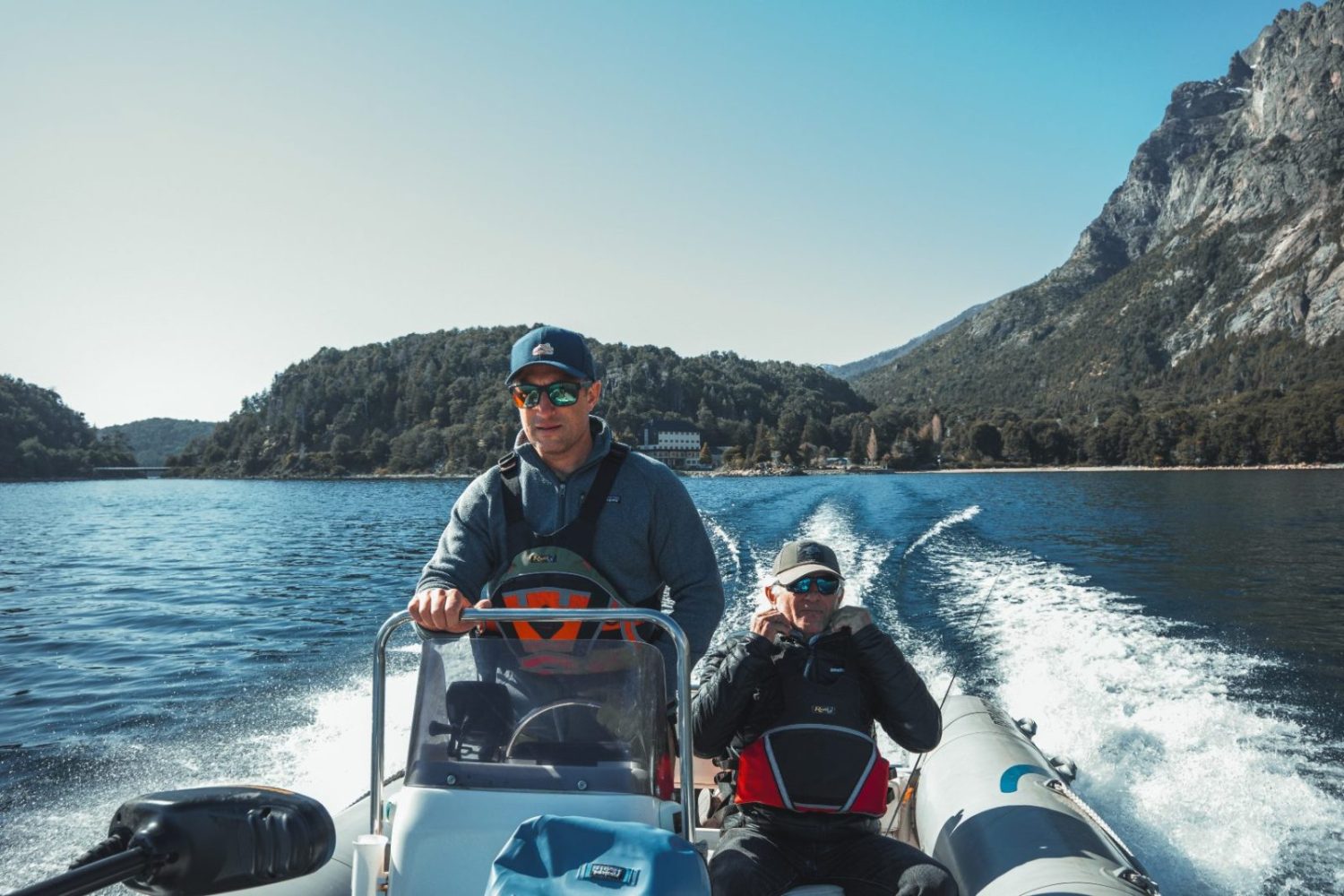
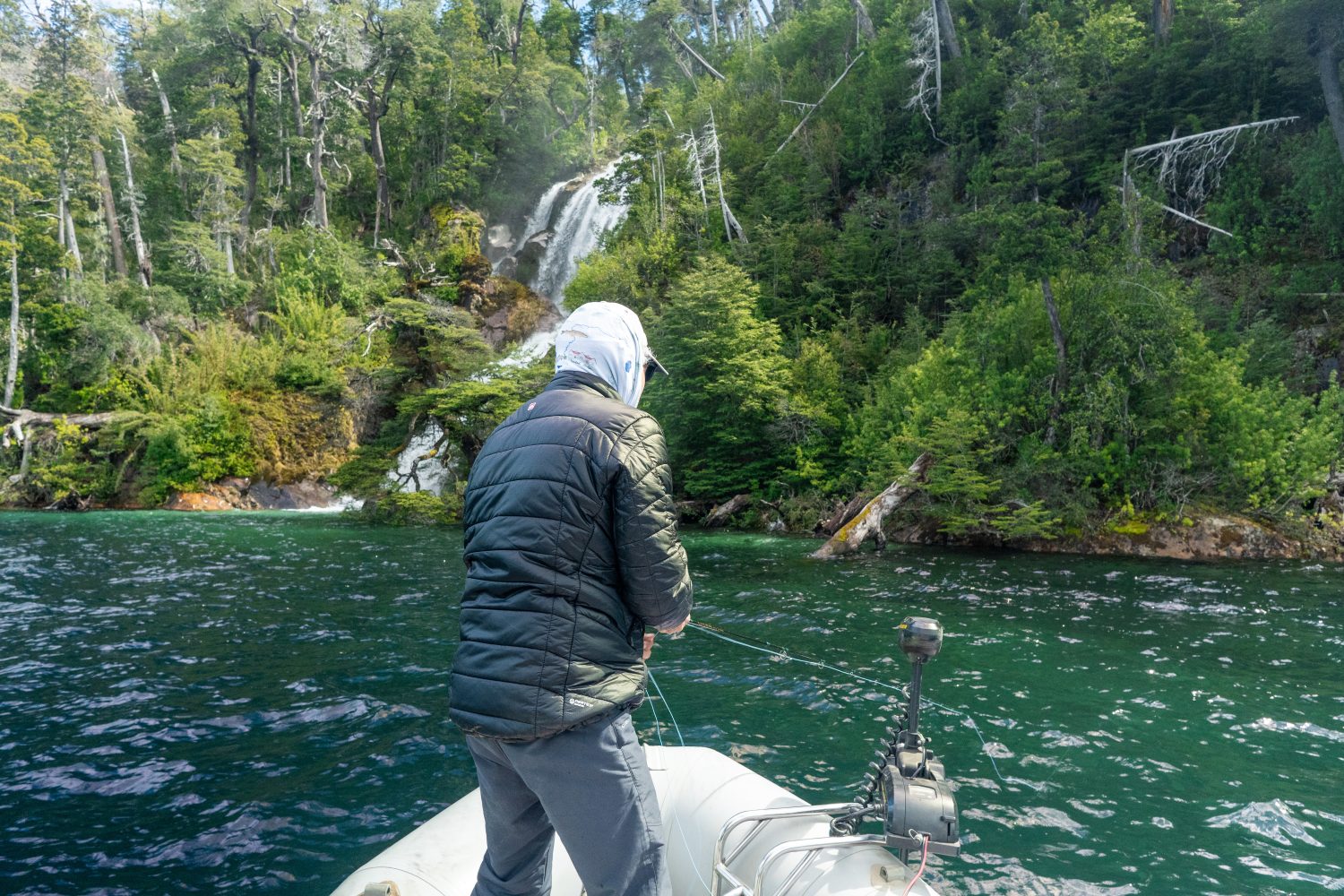
It’s always important to distinguish between the different stages of the season. In this case, we’re talking about spring in the Southern Hemisphere, when rainbow trout are finishing their annual spawn near the mouths of rivers and streams. They hold in very specific areas and relatively shallow depths. We move across the water in boats suited to these unpredictable conditions—because even with modern meteorological technology, the lake can change in minutes.
During this time of year, fishing slows down: every cast, every reading of the water, every small adjustment can make the difference. The right combination of patience, local knowledge, and well-chosen flies and lines make these early days as challenging as they are rewarding. The rainbow trout of Nahuel Huapi begin to spawn in September when the fishing season opens in October, rainbow trout behavior is aggressive, yet surprisingly selective.
Boats, Weather, and a Story to Remember
In Northern Patagonia, the prevailing winds come from the west, shaped by the Southern Hemisphere’s westerlies. This factor makes the lake far from calm and the quality of the boats is a key experience ingredient. These winds blow between 35° and 60° south latitude. Born over the Pacific, they arrive loaded with moisture, rise over the Andes, and release rain or snow on the Chilean side. By the time they descend over Argentina, they’re dry, warm, and fast—creating the strong, persistent Patagonian winds that define this region.Here in Nahuel Huapi, those winds dictate daily life. They influence fishing, sailing, skiing, even vegetation. They’re part of the landscape’s identity. And when it comes to wind, I can’t help but remember one of my favorite stories.
It was back in 2023, when I convinced my friends Alex and Rodrigo to go fishing despite the forecast. We knew the waves would be rough, but we also knew nobody else would be out there—because with 38 knots of wind, honestly, no one goes out. That day ended with a 15.5-pound male rainbow trout. But what made it unforgettable was that, in the middle of the fight, Alex’s reel spool popped out. It was chaos—wind, shouting, waves—and somehow, we managed to reattach it without losing tension or the fish. A total odyssey, the kind of day you never forget.
There are countless stories like that: epic days with wild weather, and others when rain, snow, or wind test your patience and your love for the craft. That’s why the right boat matters. Nahuel Huapi isn’t small, calm or forgiving. At The Gauchos Outfitters, we run sturdy open boats (Reignicoli 630) powered by a 150 HP engine—built to handle anything this lake throws at you.
Wade Fishing Nahuel Huapi
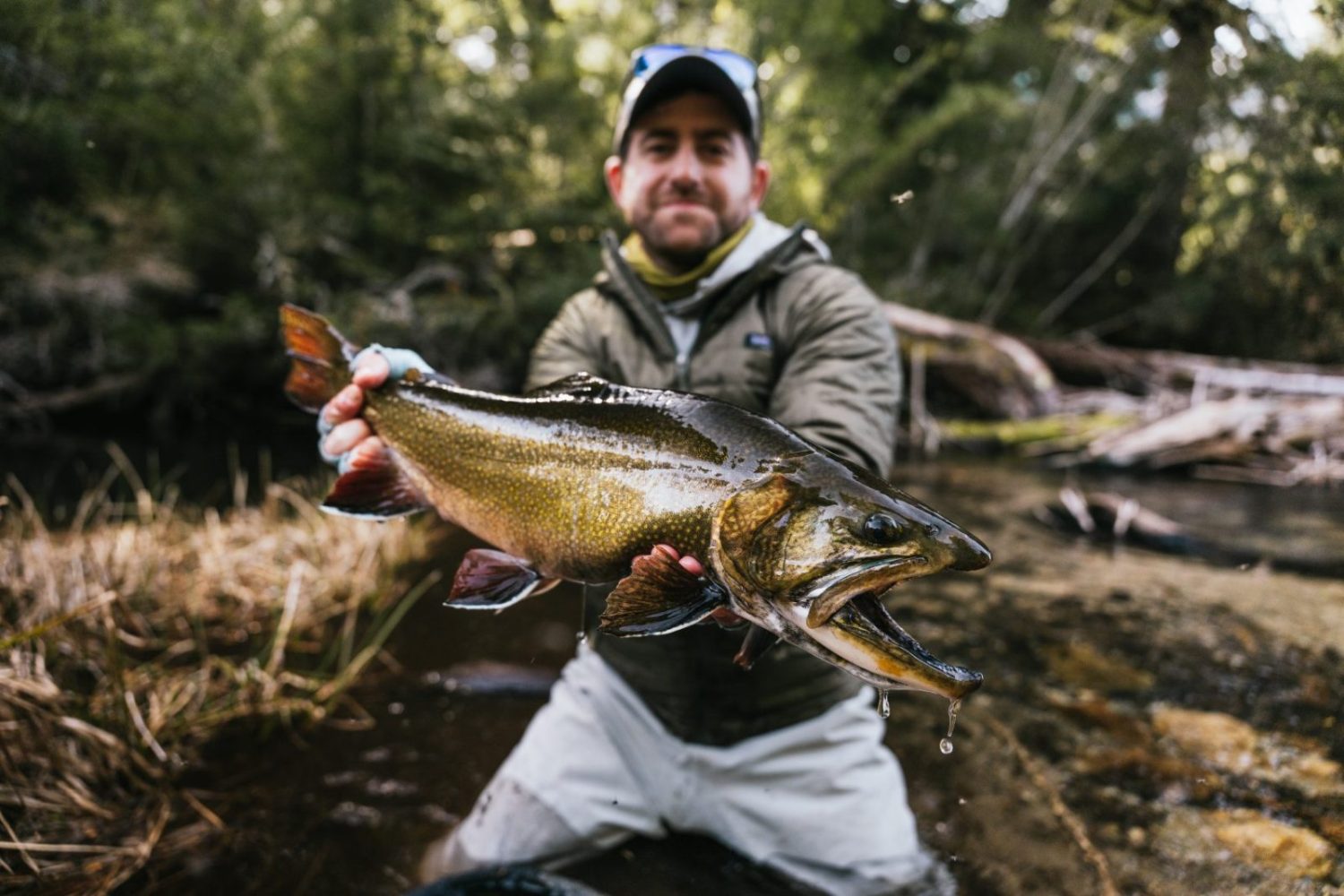
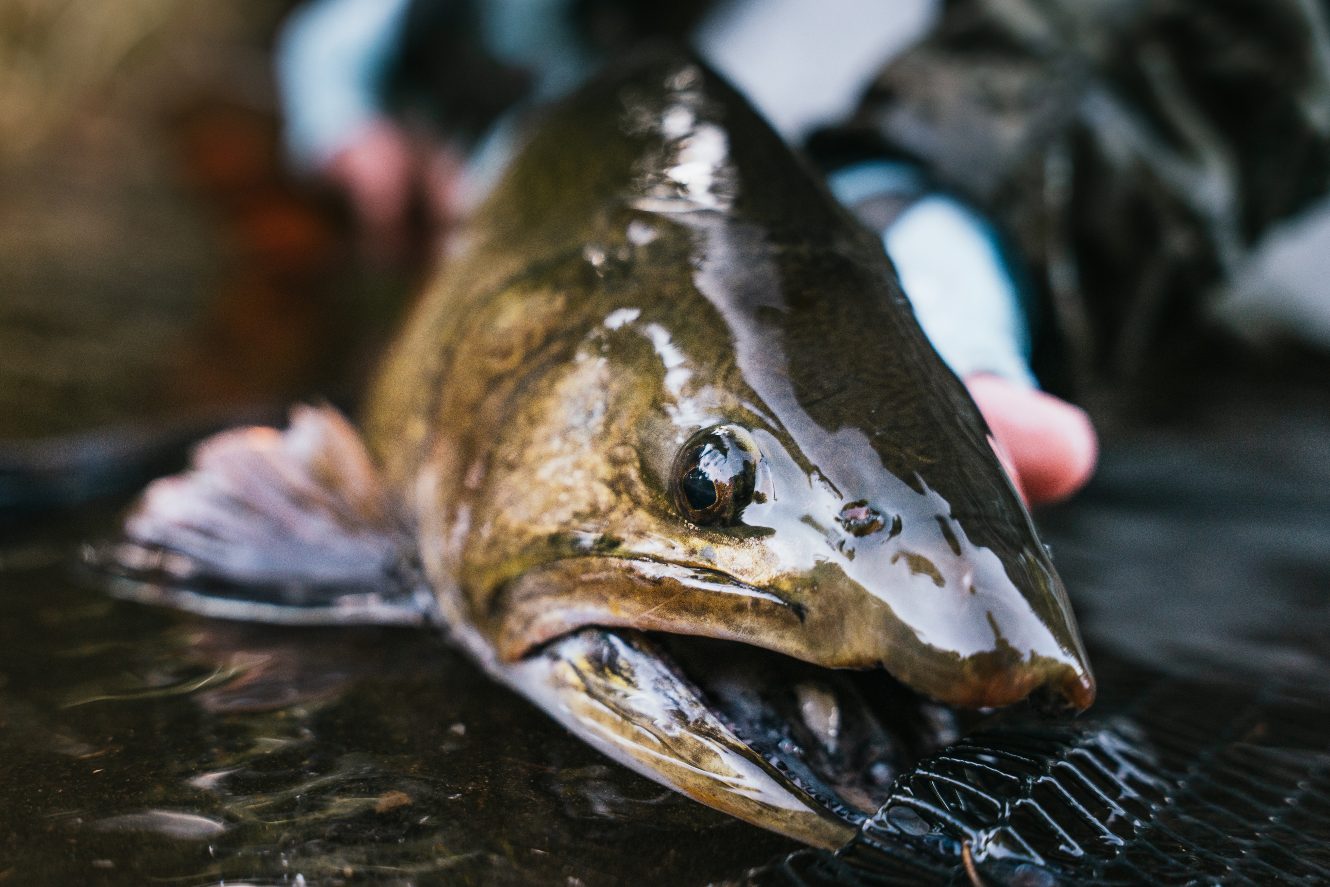
As I mentioned earlier, Nahuel Huapi is enormous—almost like a sea. But depending on the area, it’s also possible to wade fish for the same trout. While boat fishing is generally more effective, some shores offer excellent access and structure to target. By focusing on rocky coastlines with gradual drop-offs—where many arthropods that trout feed on live—you can have great results. Long casts with sinking lines and streamers, like the ones listed above, are key. Depth is crucial to consider: from shore, the casting angle is completely different than from a boat, so it’s important to let your line sink a bit more before retrieving to get the fly working in the right zone.
The Gear We Use
The most effective method to cover water and work different structures is streamer fishing, using rods between #6 and #8, with sinking lines (integrated or custom shooting heads). Leaders are relatively short compared to traditional trout fishing—around 7.5 feet with 12–15 lb tippets. You can’t afford to give them any advantage; the fish this time of year are anything but small. When it comes to rods and reels, I’ve been using NAM and Einarsson gear lately. I particularly enjoy the Ren, Ren+, and the new Vor rods in #6, paired with Einarsson Plus reels, which handle these fish perfectly.
Another setup we often use is a #6 or #7 rod with a floating line, slightly longer leaders (9–10 feet) made entirely of fluorocarbon to help the nymphs sink, and 1X–2X tippets. Prioritizing high-quality tippet is crucial when you hook one of these monsters. For example, strong fluorocarbon leaders—like 15ft Masterclass Fluorocarbon with two droppers—work great for this style of fishing. This nymphing approach is often used when fish are visible but won’t take a streamer—those that follow but don’t commit. It’s common to make a few casts into a bay, watch a trout chase the fly for a few meters, and then turn away. That’s when having a rod ready with nymphs and a strike indicator can make all the difference.

In the photo above, you’ll see a rainbow trout with a custom nymph pattern of mine, tied on a #12 Jig Force hook. It combines elements from three well-known patterns: the Duracell, the María Betty (used for sea trout), and the Frenchie, playing with color contrast between the abdomen and thorax. I’ll share more about this fly in a future story.
Flies for Fishing Nahuel Huapi Lake
Using streamers with presence, volume, and movement is very effective. As for flies, the list is long but patterns that imitate leeches, baitfish, and freshwater shrimp are top picks among guides. The key is that the Materials give them life—good motion and a silhouette that matches the trout’s diet in this lake. The Fulling Mill catalog offers a great selection, you can find my recommendations below.

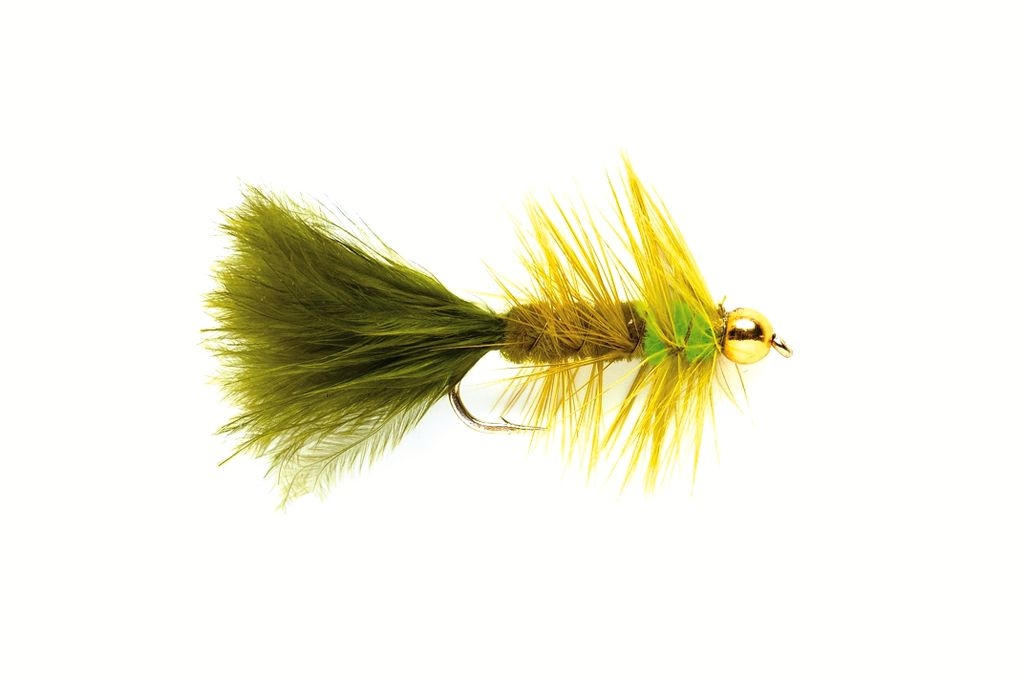
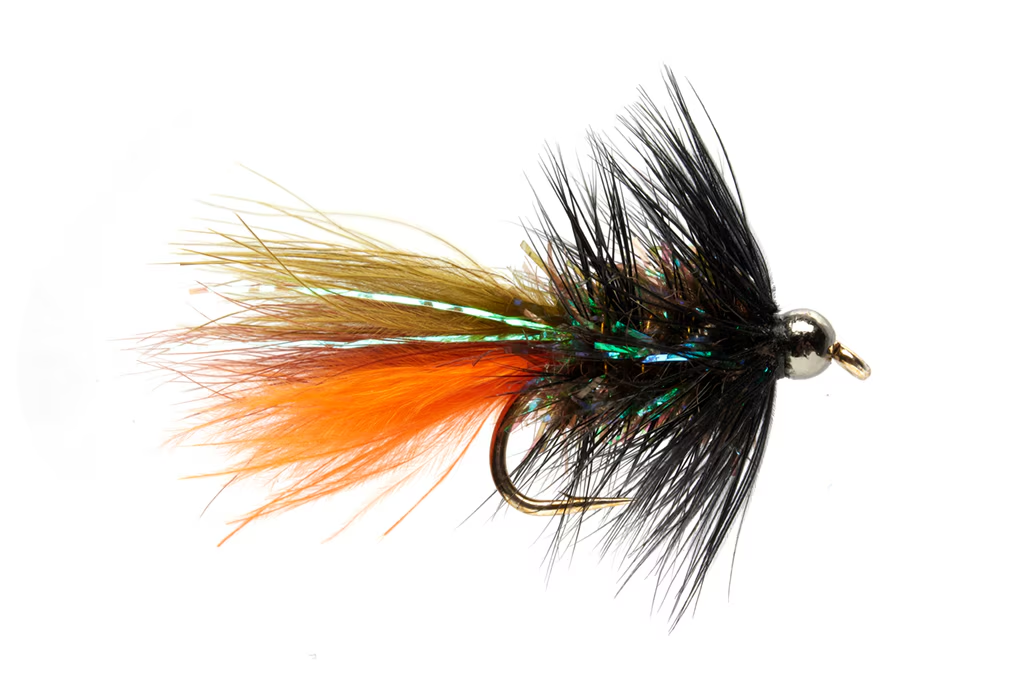
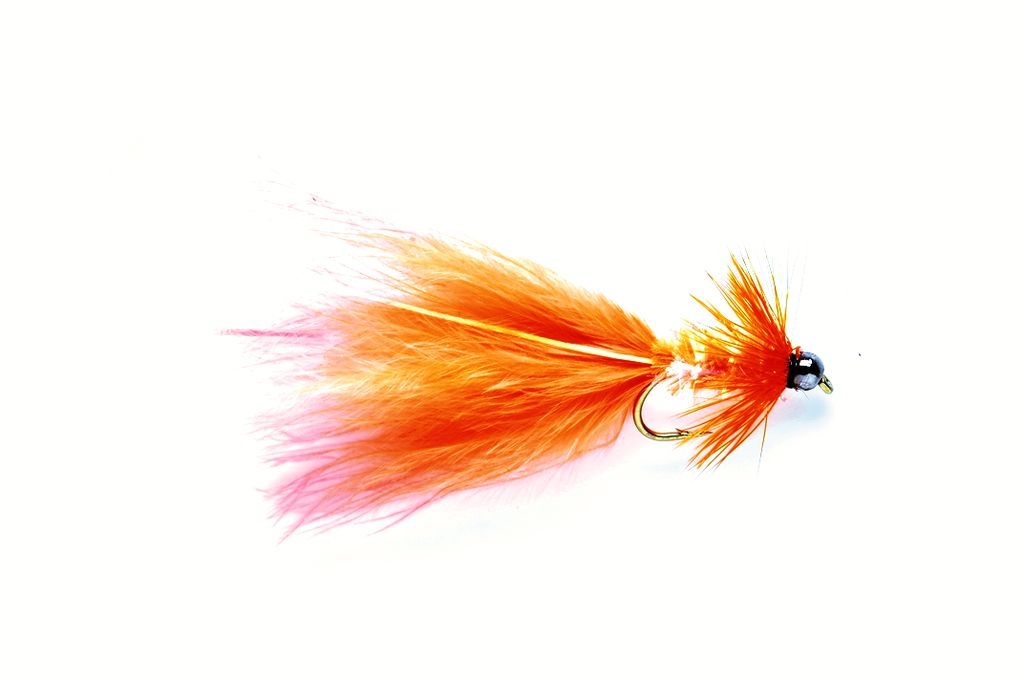
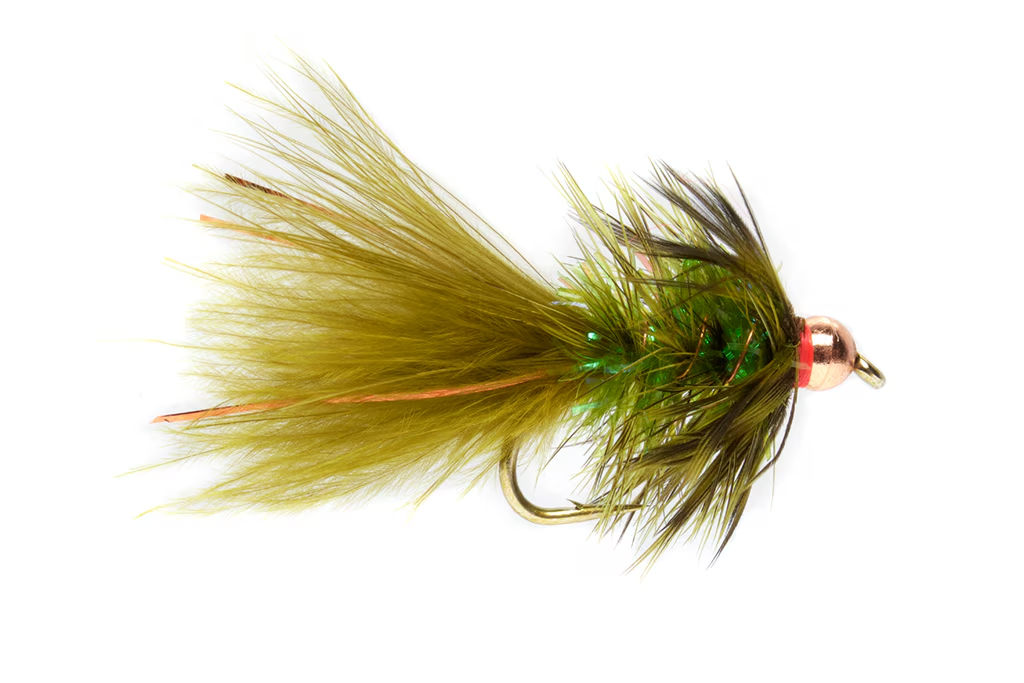


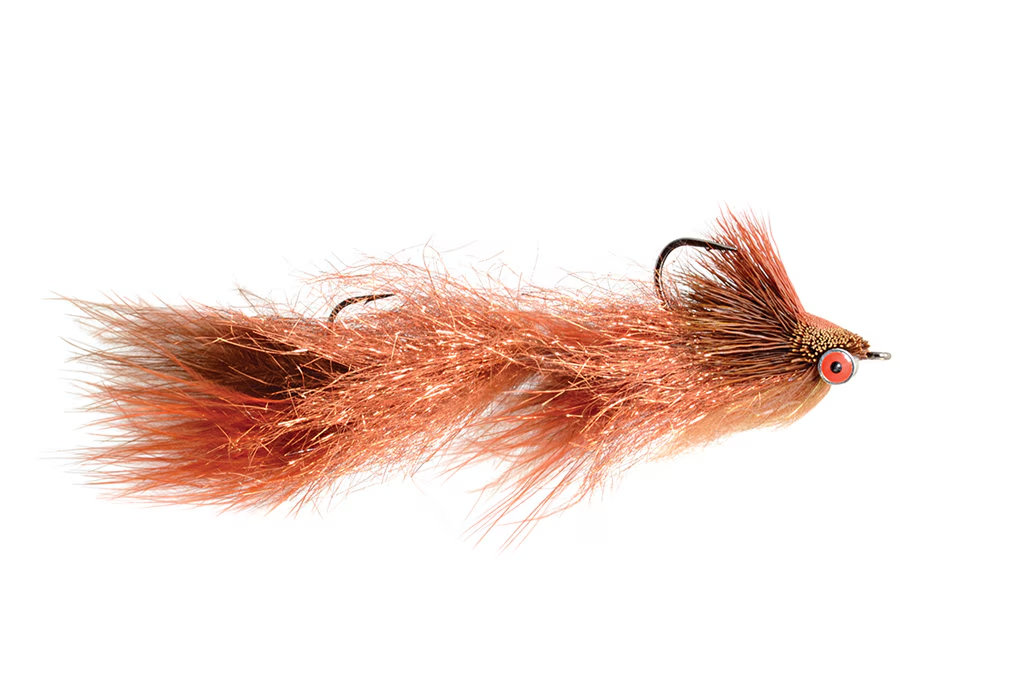

Closing
After so many years fishing Nahuel Huapi, you come to realize this lake is more than a spot on the map—it’s a teacher. It teaches you to read water, respect the weather, be patient, and most importantly, enjoy the moment. Every day is different, and that’s the beauty of it: you never know if you’ll return with a trophy trout or just another great story. The season’s opening is always an excuse to reconnect with that spirit of adventure that brought us here in the first place. Nahuel Huapi has that power—it challenges you, surprises you, and, when you least expect it, rewards you with something unforgettable.

At The Gauchos Outfitters, that’s exactly what we aim to share. As fishing guides and outfitters in Patagonia, we help anglers from all over the world experience safe, technical, and thrilling days on this lake we love so much. We know its every corner, every bay, and every wind shift—and our mission is to make each outing more than a fishing trip: a story worth telling. Because at the end of the day, beyond the technique, gear, or weather, what truly remains is that moment when everything aligns—the landscape, the calm, and the pull of a trout reminding you why you chose this life and this place.

